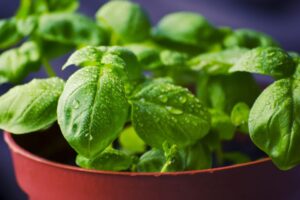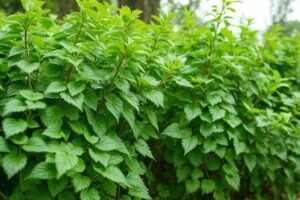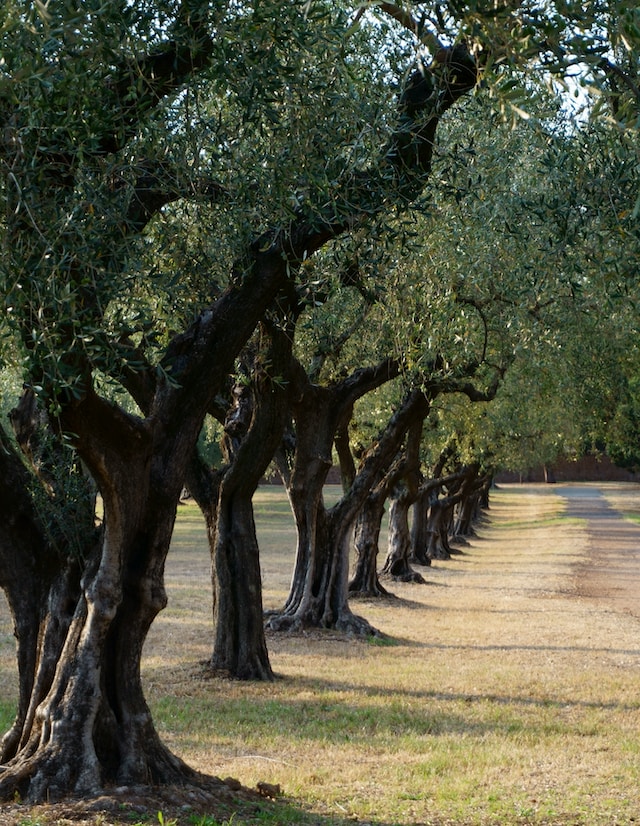Introduction
Olives and olive oil are a staple in many kitchens. They’re delicious when eaten fresh, but they can also be used as an ingredient in a number of dishes. If you’ve ever wanted to get into the business of growing your own olives and producing your own olive oil, this article will show you how!
Growing Conditions
Olive trees are well-suited for Mediterranean climates. They like hot, dry summers and mild, wet winters.
Olive trees need full sun to grow properly, so plant your tree in an area that receives at least six hours of direct sunlight every day. You can also plant it in partial shade if you live in an area where there’s not enough sunlight during most of the year; however, this will prevent fruiting from occurring until your olive tree gets older (around 10 years). Olive trees can tolerate drought conditions quite well because they have long taproots that allow them to reach deep underground water sources when other plants might die out due to lack of moisture above ground level! This makes them very drought tolerant plants overall although they do require regular watering during their first few years while they’re still establishing themselves as fully grown adults
Soil Type
Olive trees prefer sandy soil that is well-drained, but they are tolerant of a wide range of soil types. The pH level should be between 6.5 and 8.5, with 7 being ideal for most olive trees in the United States. The best way to determine your soil’s acidity is by taking a sample and sending it off for testing at your local extension office or university agricultural station (which might also give you advice on how best to amend your soil).
Olive trees do not tolerate wet or compacted soils; if you suspect yours may be too wet, consider adding organic matter such as compost or manure before planting your tree so that its roots will have more room to grow freely without getting trapped in mud puddles!
How to Plant an Olive Tree
Olive trees are relatively easy to grow, but you should be aware of a few things before planting your tree. First, when is the best time of year to plant one? The answer depends on where you live–the climate in your area will determine when it’s appropriate to plant olives. In general, olives prefer cooler temperatures and shorter growing seasons than many other fruit trees do; therefore, they’re often planted in areas with mild winters and warm summers (such as California).
However, if you live somewhere that experiences cold winters or hot summers (like Iowa), then wait until spring arrives before planting an olive tree because these conditions can damage young seedlings if they’re exposed for too long at once. When selecting a location for your new tree: make sure there’s plenty of sunlight available; choose an area with rich soil; keep them away from buildings and fences so air circulation can reach all sides; avoid putting them near large trees since their roots may compete over water resources underground
Olive Tree Care
The olive tree is a beautiful and useful plant, but it requires some special care to grow well. Here’s what you need to know!
- Watering: It’s important to water your olive tree regularly during dry spells. If you don’t have access to rainwater, use a watering can or hose with filtered water that has been treated for minerals such as iron and manganese.
- Fertilizing: Fertilize your olive tree once per month in spring through fall with an organic fertilizer high in nitrogen (N) and phosphorus (P). Follow the instructions on the package for mixing rates based on age of your tree; generally speaking, older trees require less fertilizer than younger ones do because they are more established and have stronger root systems.
- Pest Control: You may notice tiny white bugs on your leaves–these are mistletoe mealybugs and can be removed by hand if they’re not too numerous; otherwise use insecticidal soap spray as directed on its label every few weeks during summer months when temperatures rise above 80 degrees Fahrenheit/26 Celsius degree days per week.”
You can make a great investment in the long run by learning how to grow and care for your own olive tree.
Growing your own olive tree is a great investment, as these trees can be grown in many different climates. You can grow them from seed or grafting, and their hardy nature makes them suitable for just about any environment.
Olive trees are one of the oldest cultivated plants in history; they have been used for thousands of years as both food and medicine. Olive oil has been used as an ingredient in cooking since ancient times, while its leaves have been used medicinally to treat eye diseases such as conjunctivitis or inflammation caused by allergies (think “pink eye”).
Conclusion
We hope this article has helped you learn how to grow and care for your own olive tree. We know it can be a daunting task, but if you follow the tips we’ve given here and keep in mind that patience is key, then you’ll be well on your way toward having an amazing plant for years to come!












